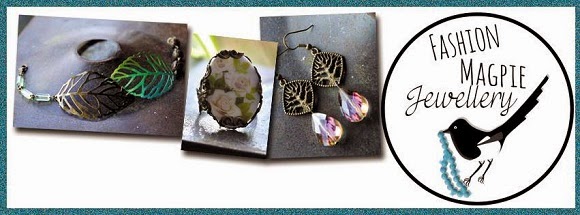The Folksy main page is full of things to look at so here is a quick guide to the main page.
Starting at the top you have your favourite finds and Recent activity. the recent activity feature shows you what is selling and how long ago it sold, this can be quite useful as a market research resource if you want to see what's doing particularly well. The favourite finds consists of the pieces folksy has found is featuring in the newsletters, such as the different themes they have such as the beach, back to school etc.
Mixed in with this is how to find folksy on other social networks like Facebook, twitter, instagram and so on.
The next feature is one that I especially like. Pinterest is a raising force in the social networking sites and folksy has grabbed hold of this and made a feature of it. All you have you do is make a Pinterest board of your favourite folksy items and don't forgot to make a theme. Next submit it to folksy and the successful boards are added to the main page. You get exposure for your shop as the creature of the board and everyone in your board gets exposure because you liked there items enough to include them in your board.
Next Folksy has a feature known as featured sellers where they promote a seller they have chosen to put on their main home page for a week.
Starting at the top you have your favourite finds and Recent activity. the recent activity feature shows you what is selling and how long ago it sold, this can be quite useful as a market research resource if you want to see what's doing particularly well. The favourite finds consists of the pieces folksy has found is featuring in the newsletters, such as the different themes they have such as the beach, back to school etc.
Mixed in with this is how to find folksy on other social networks like Facebook, twitter, instagram and so on.
The next feature is one that I especially like. Pinterest is a raising force in the social networking sites and folksy has grabbed hold of this and made a feature of it. All you have you do is make a Pinterest board of your favourite folksy items and don't forgot to make a theme. Next submit it to folksy and the successful boards are added to the main page. You get exposure for your shop as the creature of the board and everyone in your board gets exposure because you liked there items enough to include them in your board.
Next Folksy has a feature known as featured sellers where they promote a seller they have chosen to put on their main home page for a week.
In that week the featured seller has a place on the home page all week and does a meet the maker article on the folksy blog. There items for sale are also starred for easy finding and so everyone else knows they where the lucky people to be featured.
Near the bottom of the main page is the recently added feature. This is the place where your items go when you first add them to your shop so everyone browsing the main page can see.
At the bottom of the page is the Best sellers, these are the people to look up to!
The only thing below that is the magazines folksy has been featured in other the years.
So that is it a quick guide to the main page.
Near the bottom of the main page is the recently added feature. This is the place where your items go when you first add them to your shop so everyone browsing the main page can see.
At the bottom of the page is the Best sellers, these are the people to look up to!
The only thing below that is the magazines folksy has been featured in other the years.
So that is it a quick guide to the main page.


































